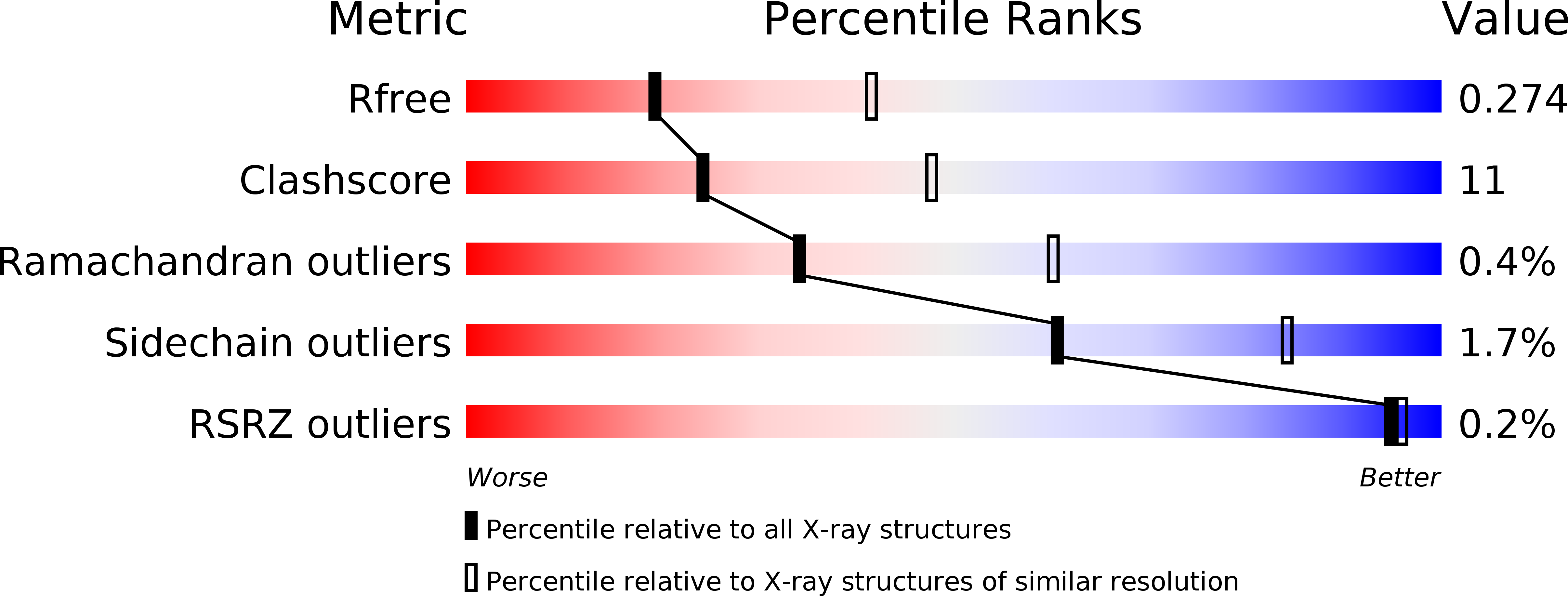
Deposition Date
2005-01-02
Release Date
2006-01-10
Last Version Date
2023-08-23
Entry Detail
PDB ID:
1YFI
Keywords:
Title:
Crystal Structure of restriction endonuclease MspI in complex with its cognate DNA in P212121 space group
Biological Source:
Source Organism:
Moraxella sp. (Taxon ID: 479)
Host Organism:
Method Details:
Experimental Method:
Resolution:
2.70 Å
R-Value Free:
0.27
R-Value Work:
0.22
R-Value Observed:
0.22
Space Group:
P 21 21 21


